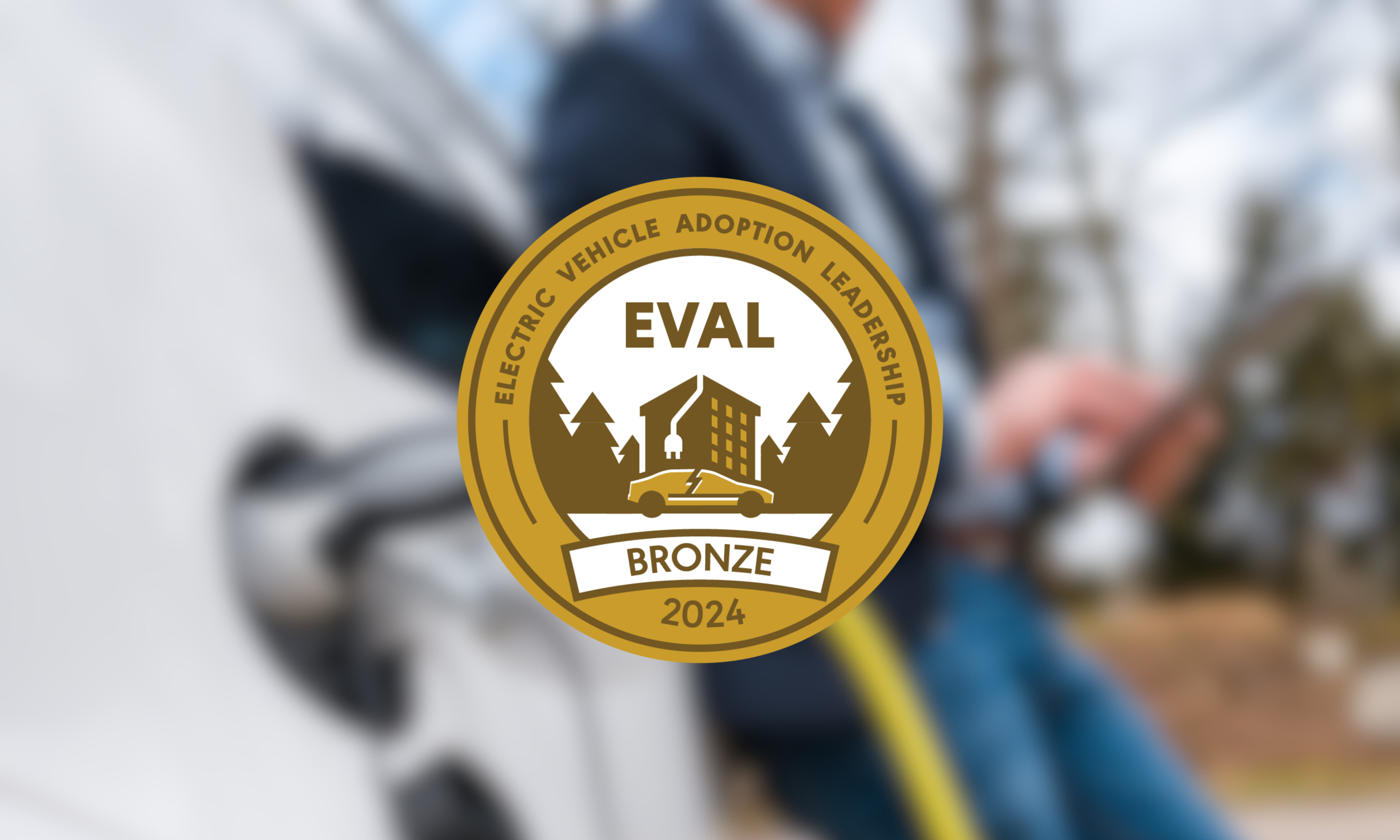
Typical American residential
shared transformer
with small 3-phase
special purpose unit
Our power grid is a matrix of supply feeders, closely resembling a window screen, where a thread of the fabric strand runs in two directions, across and down. When superimposed onto a street map, every household, apartment complex and business has connectivity. Neighborhoods are stitched together via larger feeders and these come (traditionally) from centralized generation sources.
With the coming rollout of EVs, utility power providers are concerned about the following scenario. Mr. Smith sees his neighbor Mr. Jones with a new EV, and decides that he wants to also share the benefits of such no pollution, no gasoline mobility. Both he and his neighbors nod appreciatively when Mr. Jones silently departs for work in the pre-dawn hours…
The power feeder to individual houses comes from a shared transformer, a large, immersion cooled core in a tank, perched high up on the utility pole (or sometimes in newer housing developments, in an underground vault). Typically less than ten houses share one. Power companies will need to step into the 21st century with heavy use of the SmartGrid which implies being able to track consumption and faults in near real time. Imagine, for example, four households on a cul-de-sac with EVs, all charging up at night on Sunday (in anticipation of the workweek ahead) using staggered start times of 12AM, 1, 2, and 3AM. By the time the 4th car switches on the peak load is very significantly higher than the nominal nighttime load. Compare that to the normal non-EV situation where the community retires before midnight, lights, entertainment and appliances are progressively switched off. (This is the time of slack power , but the utility still has to keep their generators spinning, as they can’t be switched off at a moment’s notice. Nor can a nuclear reactor powered plant be brought up to full capacity output in less than a few days.) The components in the system need to be tweaked.
If this scenario were to take place in the middle of an extended summer heat wave lasting 5-6 days, the transformer would likely get overly hot, as normally, during nighttime the requisite cooling occurs.
Now for the complex gorp. By using some smart modules called a synchrophasor on power feeders, in conjunction with a Home Area Network, (HAN) where appliances have capability to be switched off from remote locations power companies will have the ability to mitigate the effects of EV clustering. Currently transformer temperatures are not monitored, nor can hot spots on feeders be identified clearly without sending out a crew. Synchrophasors will help update grid operators monitor and react in a fashion which before today would give them nightmares. Imagine driving in your car at 60 mph: you are only allowed to open your eyes every 15 seconds. A terrifying prospect, no doubt. (For a grid operator, it’s actually worse: open them only every few minutes!) The grid is a distributed network of loads (resistive and inductive) which are constantly fluctuating. Stability is the key to reliable service. There is an average power delivered which is manageable but what concerns utilities is when EVs start popping up and switching on and off at all hours of the day. Remember: EVs represent the largest single load in a household, with one possible exception. They generally are on longer and draw more current than A/C, dryers, the range-oven-cook top, refrigerator-freezers, the TV, home theater, Christmas lights except for maybe the hot tub. (Gas heating would be better for that!)
Will we all need new appliances? Probably not, as someone will probably create a product into which your appliance gets plugged (between it and the wall outlet). That device could then (upon command) remotely shed load. This would be the way the HAN would work: turn off the big power consuming loads for a short time, an example of the SmartGrid at work. These outages are only for minutes at a time, perhaps up to an hour Will your food spoil in the refrigerator? No. Will you melt in the sweltering heat? Probably not. Very far off in the future everyone will be on-board with that program. Meanwhile should we worry? The American grid is highly complex, yet very stable. There are many places in the world that don’t even have round the clock power availability.
I suggest that it will be a long time before EV market penetration presents power providers with that significant concern. In the mean time should they sit on their laurels? No. Should they plan ahead based on population density maps? Yes. We read that their maintenance projects routinely get delayed for one reason or another. The days of flying by the seat of their proverbial pants are gone now planning, based on information provided via the SmartGrid will be essential. Micro-generation will become a growing mitigating factor during the day, but summertime peaks will always present the worst challenges. Now we have spare the air days and perhaps in the near future we will see save our power days too.
-Ron
